There’s a moment when the sun drops behind a skyline and a city exhales. The workday fades, the streets hum differently, and neon or candlelight fills the gaps where daylight once was. For some travelers, that’s when the real journey begins. Welcome to noctourism—the art of traveling for what happens after dark.
The term is gaining traction in urban studies and travel writing alike, because night is no longer just about clubs and cocktails. It’s about night markets where steam curls off dumplings, rooftop cinemas projecting onto concrete walls, midnight prayers, and entire economies that switch on under the stars. Cities are beginning to market themselves as destinations not just for monuments and museums, but for what they do best between dusk and dawn. And as any traveler knows, that’s when a place shows its truest, most unpolished face.
So where does noctourism shine brightest? Here are ten cities that redefine themselves at night, and the experiences that make them unforgettable once the sun goes down.
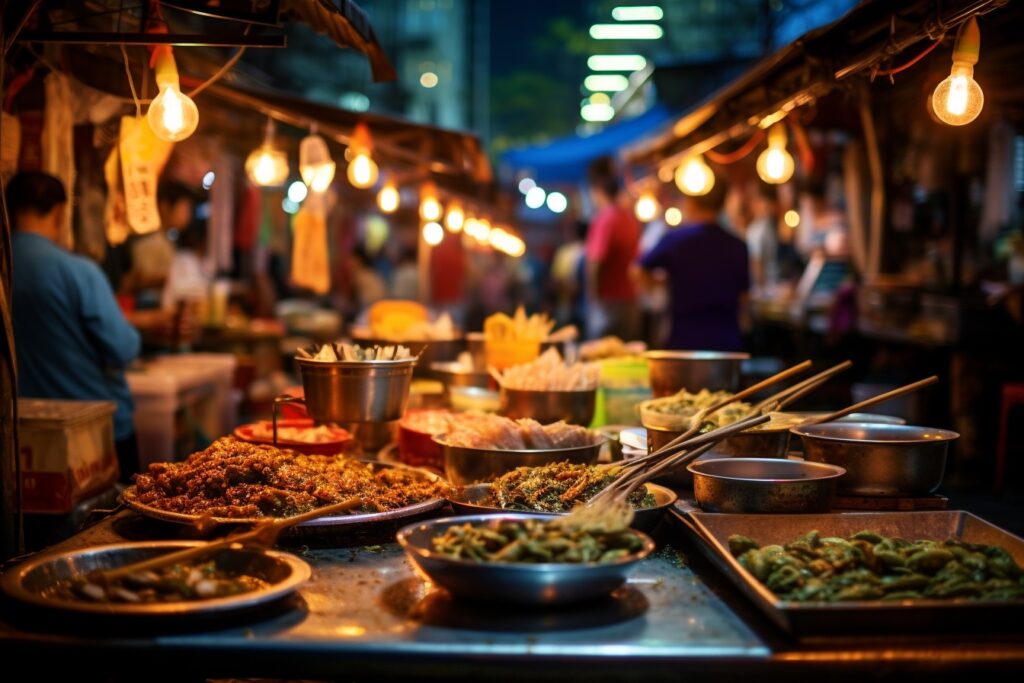
Bangkok: The Original Noctourism Capital
If there’s a global poster child for noctourism, it might just be Bangkok. The Thai capital’s nights are legendary—chaotic, colorful, sometimes overwhelming, but always magnetic. It’s not just about infamous backpacker haunts or rooftop bars (though they have their place). It’s about the labyrinth of night markets, each one a sensory overload where the smell of grilled satay mingles with counterfeit sneakers and fortune tellers reading palms under fluorescent light.
The magic here is in the way the city reinvents itself. In the day, Bangkok can be relentless—heat rising off the pavement, traffic grinding everything to a halt. At night, it cools, loosens, and invites you in. Eating pad kra pao on plastic stools next to office workers still in their ties, watching Muay Thai fighters in open-air rings, or taking a midnight boat ride along the Chao Phraya River with temples lit up like stage sets—it’s a theater of the nocturnal, and you’re in the front row.
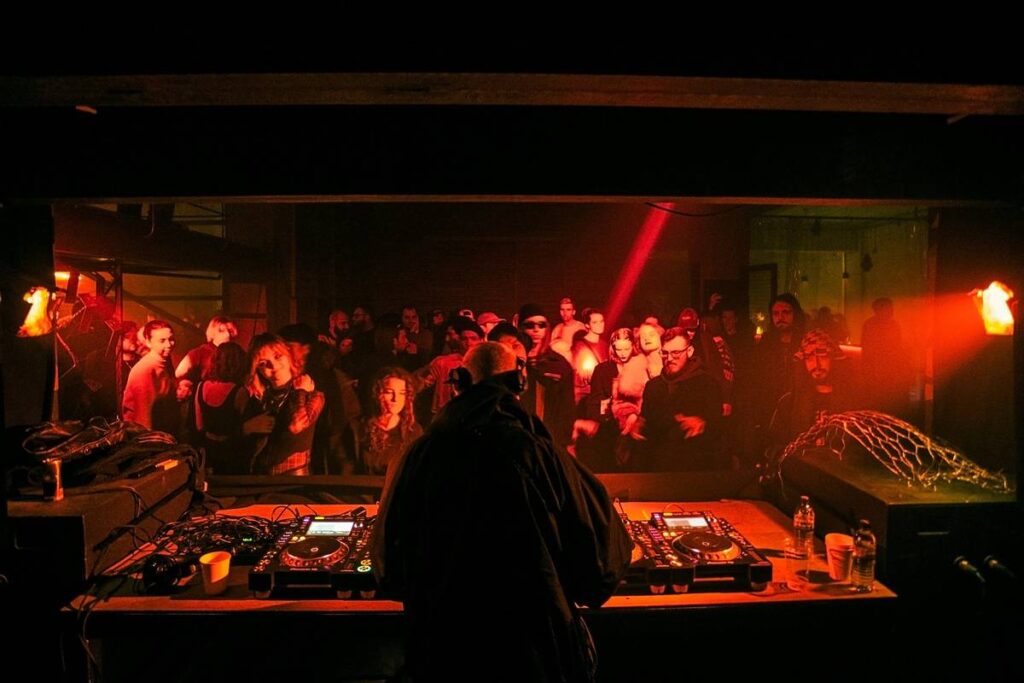
Berlin: The 72-Hour Weekend
Berlin doesn’t just embrace noctourism—it’s practically written into the city’s constitution. Here, the nightlife doesn’t really start until other cities are winding down, and a “night out” often extends into Sunday brunch and beyond. The clubs are the obvious lure—Berghain has become shorthand for an entire philosophy of nightlife—but Berlin’s nocturnal life is broader than just electronic beats.
There are cavernous theaters staging avant-garde performances at midnight, warehouse galleries open until dawn, and lakefront bars where Berliners talk politics over beer by the light of fairy bulbs. What makes Berlin’s version of noctourism unique is the sense of community: once you’ve crossed a threshold—whether it’s a hidden door in Neukölln or a techno bunker—you’re part of a temporary city within a city. In Berlin, the night isn’t just about consumption; it’s about belonging.
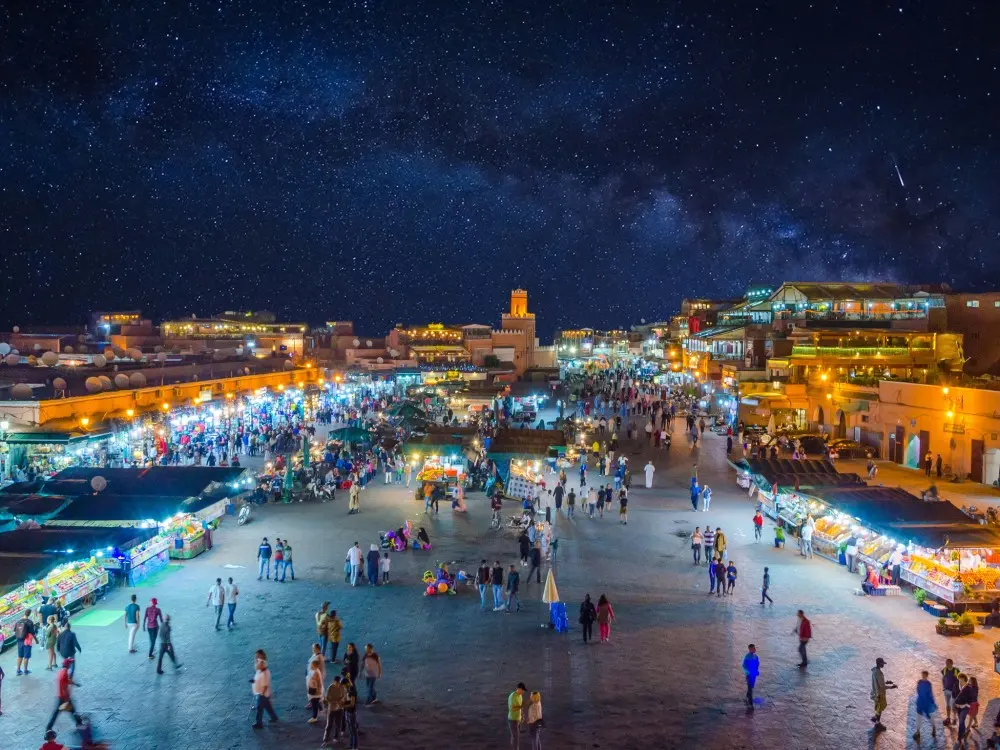
Marrakech: Nights in the Medina
In Marrakech, the night is not a party—it’s a pulse. Step into Jemaa el-Fnaa square after sunset and you’ll understand what noctourism means here. The whole place transforms: snake charmers give way to food vendors, drummers beat rhythms that pull you into the crowd, and clouds of cumin and grilled meat hang in the warm Moroccan air.
It’s not just spectacle, though—it’s a ritual. Families come to eat, teenagers meet friends, tourists weave wide-eyed through the chaos, and somewhere in the back stalls an old man pours mint tea into glasses with impossible precision. In Marrakech, noctourism is tied to tradition. It’s not about neon or excess, but about the way life naturally flows into the night, turning the city’s center into a kind of open-air living room.
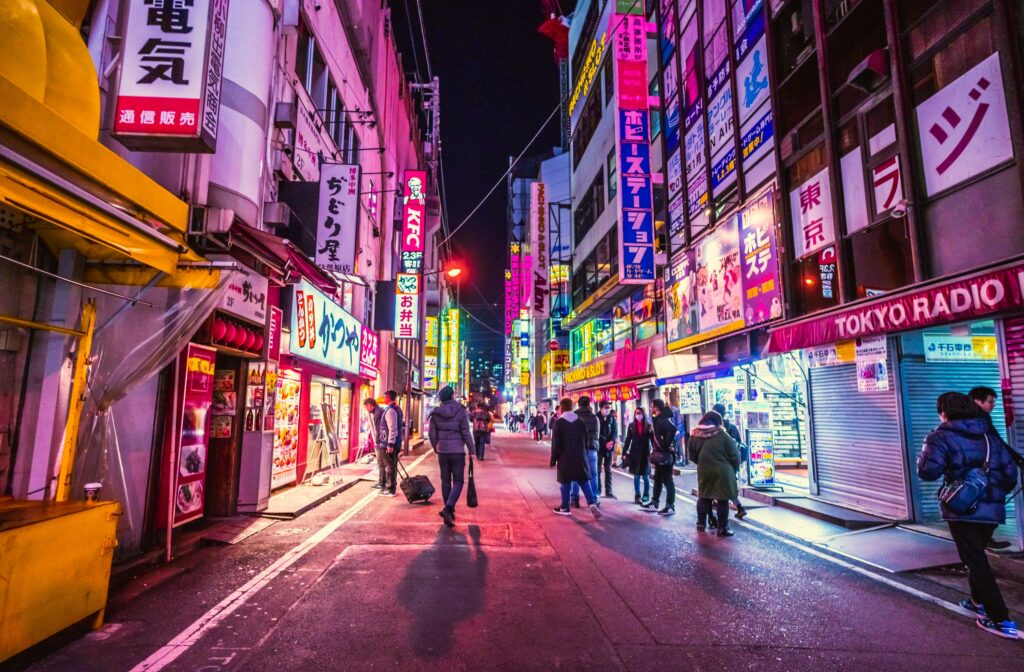
Tokyo: Neon Dreams and Tiny Bars
Tokyo’s noctourism is cinematic. Think Shinjuku’s vertical signs stacked like puzzle pieces, each one promising karaoke, ramen, whiskey, or something stranger. Step into Golden Gai, where dozens of closet-sized bars—some seating fewer than ten people—spill their light onto alleys no wider than your shoulders. Each doorway is a portal into another world: jazz dens, manga-themed drinking holes, or bars that feel like someone’s grandmother’s living room.
But Tokyo’s nights are also about the quiet corners. A late-night bowl of tonkotsu ramen under paper lanterns, a 3 a.m. stroll through Tsukiji’s outer market, or the eerie calm of a Shinto shrine bathed in moonlight. Noctourism here is about extremes: the electric buzz of Shibuya Crossing at midnight and the hush of a backstreet where only the cicadas keep you company.
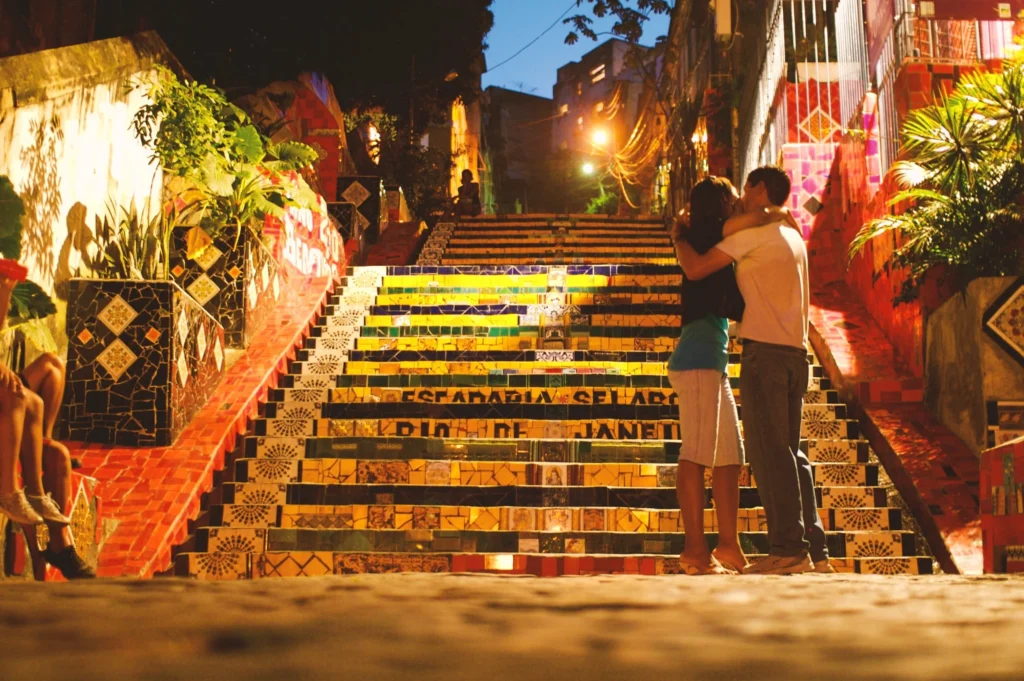
Havana: Salsa Under the Stars
In Havana, noctourism means music. As the Caribbean heat eases, bands set up in courtyards, hotel lobbies, and makeshift dance floors that spill onto cobblestone streets. It doesn’t matter if you know the steps—locals will pull you in, guiding your hands and hips until you’re moving with the rhythm.
What sets Havana apart is that this isn’t a performance for tourists—it’s life. Music is the heartbeat of the city, and at night it becomes impossible to avoid. From smoky jazz clubs to impromptu salsa sessions by the Malecón seawall, Havana proves that noctourism doesn’t need neon—it just needs a beat.

Istanbul: Where East Meets After Dark
Istanbul has always been a city between worlds, and its nightlife reflects that tension and beauty. One moment you’re sipping raki at a meyhane while musicians pluck out traditional songs; the next, you’re on a rooftop bar overlooking the Bosphorus with DJs spinning until dawn. The call to prayer can cut through the night air just as easily as a bassline, and both feel equally part of the city’s rhythm.
Noctourism here is about layers of history colliding. You might wander the Grand Bazaar’s perimeter after dark, where the silence of shuttered stalls contrasts with the noise of nearby tea houses still buzzing with backgammon and conversation. Or take a ferry across the Bosphorus under the glow of the illuminated bridges, realizing that few places in the world can match Istanbul’s sense of drama at night.
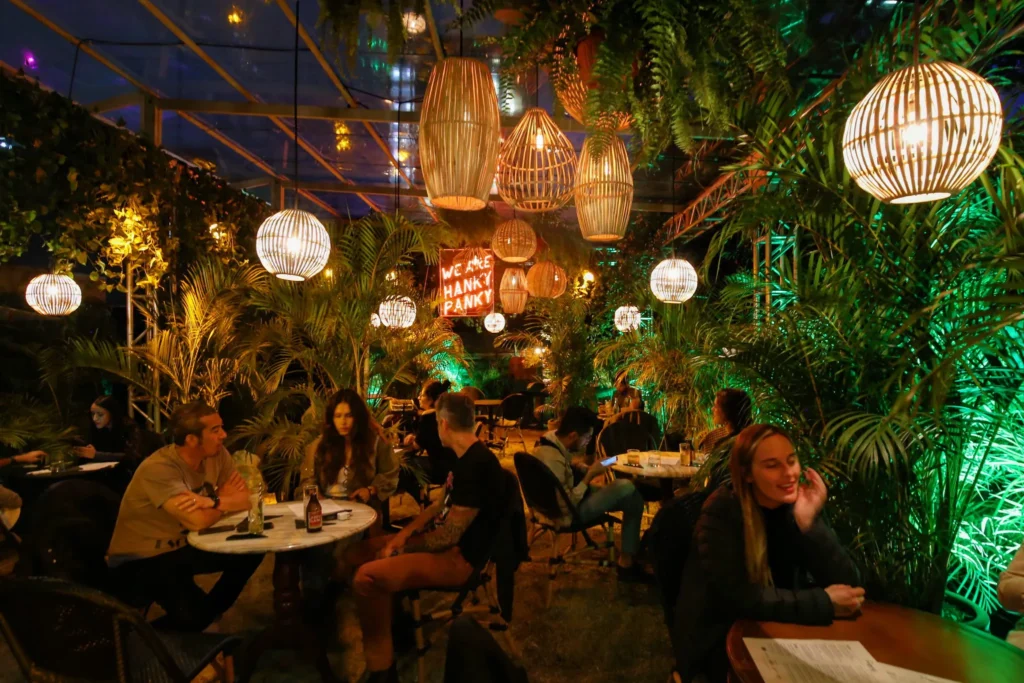
Mexico City: After-Hours Energy
Mexico City is enormous, but at night, its neighborhoods each reveal their own identity. In Condesa, bars and mezcalerías spill onto leafy avenues, where friends linger over cocktails and street dogs wander in search of tacos dropped by the tipsy. In Centro Histórico, the colonial buildings are lit up like stage sets, and mariachi bands cluster in Plaza Garibaldi, offering their songs to anyone willing to pay—or just willing to listen.
Noctourism here is also about food. Tacos al pastor sliced fresh at midnight, steaming cups of atole, or churros dipped in chocolate after a long night of dancing. In a city this vast, the night is when the neighborhoods really assert themselves. Each one is its own story, and the traveler’s job is to wander between them until dawn.

Seoul: The City That Never Sleeps
If you want to understand Seoul, you have to see it at night. The city is relentless in the day, but it only truly reveals itself when the neon comes on. Restaurants stay open until 4 a.m., clubs until sunrise, and noraebang (karaoke rooms) are filled with office workers letting loose after marathon shifts.
Seoul’s noctourism is about resilience. It’s about long nights fueled by soju and fried chicken, about spontaneous street fashion shows in Hongdae, about the riverbanks of the Han filled with couples sharing convenience-store picnics at midnight. The city never really stops, and the best way to experience it is to surrender to its pace, knowing sleep can wait until tomorrow.
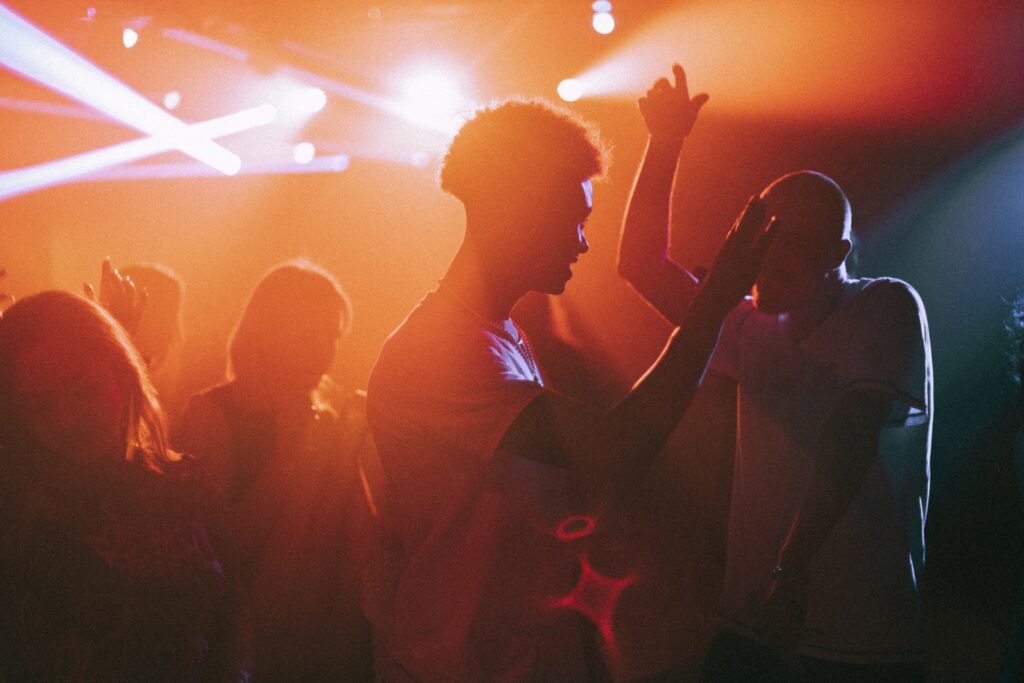
Lagos: Afrobeats and Open Skies
Lagos has one of the most dynamic nightlife scenes in Africa, and it’s a masterclass in noctourism. The city moves to the rhythm of Afrobeats, with clubs and beach parties blurring the line between night and day. But it’s not just about the big venues—Lagos nightlife is everywhere: roadside bars, street food vendors, and impromptu dance floors that pop up on sidewalks.
What makes Lagos unforgettable is its energy. Nights here are long, loud, and communal. Music is everywhere, conversation flows easily, and strangers become friends fast. If noctourism is about discovering a city’s true identity after dark, Lagos is one of the purest examples—raw, alive, and impossible to replicate anywhere else.

Barcelona: Mediterranean Nights
Barcelona is a city built for noctourism. Dinner doesn’t even begin until 10 p.m., bars don’t fill up until midnight, and the beach is still dotted with people at sunrise. The city’s nights stretch endlessly, whether you’re wandering the Gothic Quarter’s candlelit alleys, dancing in beachfront clubs, or just sitting on a plaza bench with a bottle of vermouth, watching the city move around you.
But there’s also a softer side. A midnight concert at the Palau de la Música Catalana, a late-night flamenco show in a hidden tavern, or even just joining the locals for a slow paseo through the streets after dinner. Barcelona doesn’t push you into its nightlife—it carries you along gently, and before you know it, you’ve watched the dawn roll in over the Mediterranean.
The Allure of Noctourism
Noctourism isn’t about staying out late for the sake of it. It’s about discovering the way cities shift after dark, about seeing the sides of a place that daylight keeps hidden. It’s the conversations that happen when the crowds thin, the flavors that only come out of kitchens after midnight, the music that makes strangers move together in unison.
As more cities recognize the importance of their nighttime economies, noctourism will only grow as a concept. For travelers, it’s a reminder that sometimes the best way to know a place is not through its monuments or museums, but through its nights.
So pack your curiosity (and maybe a strong coffee for the morning). The world looks different when the lights go out, and these cities are waiting to show you who they really are—after dark.